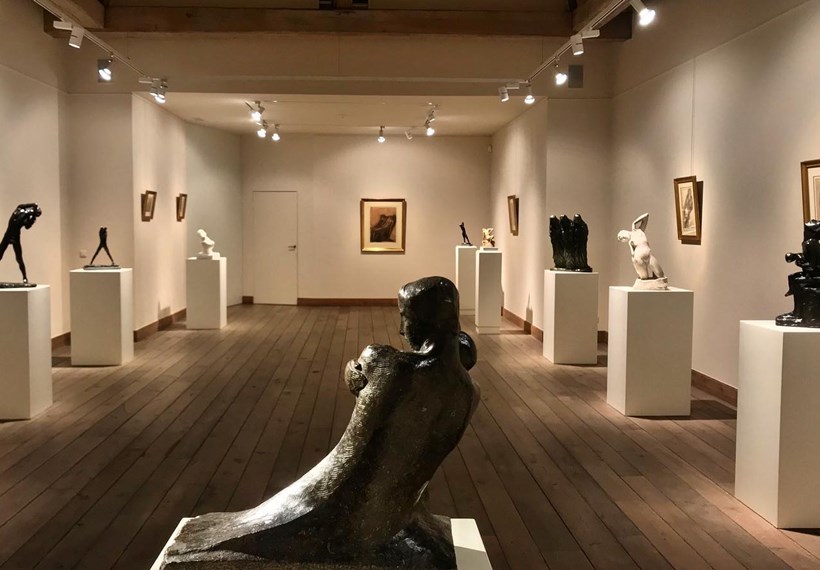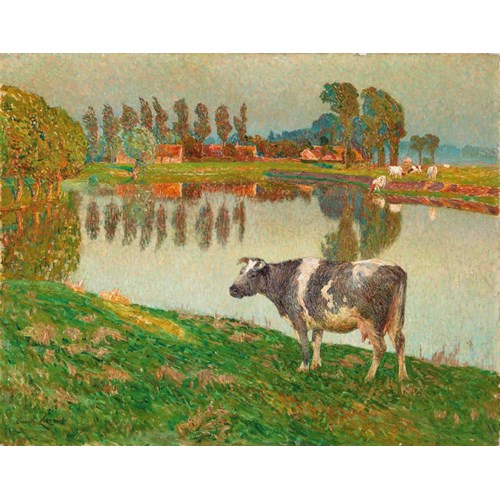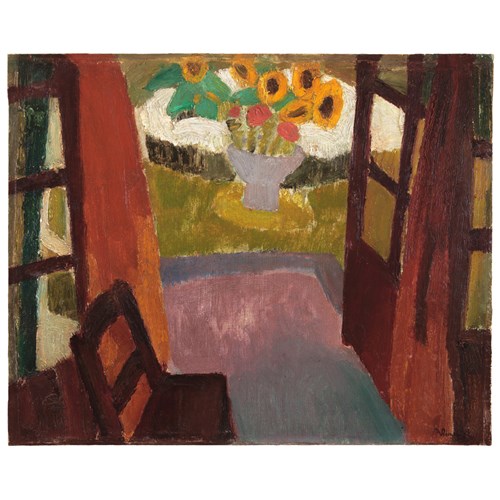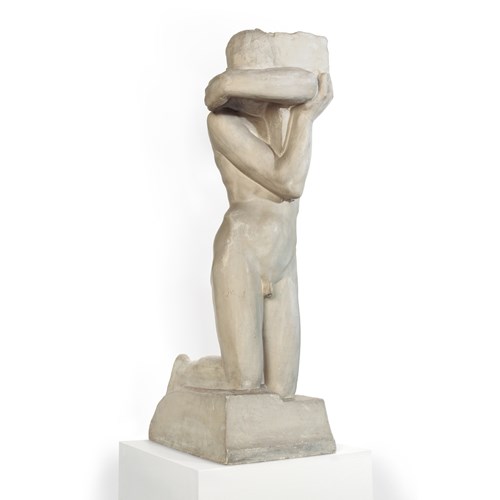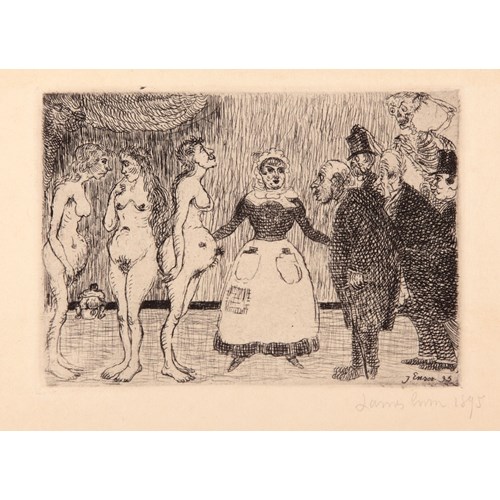Emile Claus
Sunset over the Thames, Waterloo Bridge
Date 1918
Epoque Impressionism, Luminism
Medium Oil on canvas
Dimension 92 x 72 cm (36¹/₄ x 28³/₈ inches)
Dimension avec cadre 112.5 x 91.5 cm (44¹/₄ x 36⁰/₁ inches)
Like Claude Monet who sought exile in London during the Franco-Prussian War, Claus, together with several of his Belgian artist compatriots, moved to England at the outbreak of the First World War. Settling first in Rhubina in Wales, he returned to London in 1915 and painted Kew, Upton Grey, and Hampstead. But it wasn’t until 1916 that he found a subject he felt truly worthy of painting: the Thames. He took a studio on the fourth floor of Mowbray House on the corner of the former Norfolk Street and the Embankment at Temple, and from here painted a series of views which he titled Réverbérations sur la Tamise.
In his article, ‘The Thames from my Tower Windows’, published by The Studio in May 1917, Claus described his view as follows: ‘on my left is Blackfriars Bridge; to the right, I see Waterloo Bridge and the silhouette of Westminster. These are the views which, day after day these past months, have provided me with varying and ravishing impressions of the River.’ His acknowledged inspirations were the works of Turner, but they clearly echo the work of his contemporary Claude Monet, who painted similar views from his room at the nearby Savoy Hotel (fig. 1). While the latter’s Thames views were almost abstract in feel, Claus never completely abandoned verisimiltude, with buildings, boats, and figures still clearly recognisable. Close inspection of the present work even reveals the rigorous line drawing underpinning the composition.
His exploring days over, de Gerlache immersed himself in artistic pursuits, in particular in promoting Belgian art in the Nordic capitals, including in Christiana (modern-day Oslo). Johan de Smet believes it is likely that de Gerlache received the present work from Claus as a gift, in recognition of the sale of one of his works at an exhibition that de Gerlache organised, and which de Gerlache mentions in a letter to Claus, dated 6 August 1919: ‘My wife and I are more enchanted by the day by your admirable effet de brume (impression of mist) on the Thames. And I would like to seize this occasion to thank you again from all my heart.’ (translated from the French, Archives d’art contemporain. MRBAB, Bruxelles).
This view of Waterloo Bridge is very characteristic of Emile Claus's London views, when he took refuge in the city during World War I. During this time he painted many views of the Thames and the Embankment at different times of the day. Like Monet, whom he had met in Paris in the late 1880s, Claus abandoned academic naturalism in favour of plein air painting and his work became preoccupied with the rendering of atmosphere and light. In the present work Claus captures the effects of the sun rise through the famous London smog, the 'pea souper', from his position above Victoria Embankment. This painting may be compared to Waterloo Bridge in the Musée des Beaux-Arts, Brussels.
Date: 1918
Epoque: Impressionism, Luminism
Medium: Oil on canvas
Signature: Signed and dated lower right: Emile Claus / Londen 18
Dimension: 92 x 72 cm (36¹/₄ x 28³/₈ inches)
Literature: - Claus, E., "The Thames from my Tower Windows," in: The Studio. An illustrated magazine of fine and applied art, vol 70 (London: The Studio, 1917), p. 175 (ill.).
- De Smet, F., Gand Artistique, no. 4, 1923, p. 85-99.
- Sauton, A., Un Prince du Luminisme Emile Claus (Bruxelles: J. Lebègue & Cie, 1946), p. 54.
- Boyens, P., Sint-Martens-Latem. Kunstenaarsdorp in Vlaanderen (Tielt/ Sint-Martens-Latem: Lannoo/ Art Book Company, 1992), p. 540 (ill.).
- De Smet, J., Retrospectief Emile Claus (Gent: SD&Z, 1997), p. 221, no. 151 (ill.).
- De Smet, J., A. Tomita, A. Yuzuhana e.a., Emile Claus and Belgian Impressionism (Japan: Himeji City Museum of Art, Tokyo Station Gallery, Ishikawa Prefectural Museum of Art & Hekinan City Tatsukichi Fujii Museum of Contemporary Art, 2013), p. 72-73, no. 26 (ill.).
- Pauwels, P.J.H., Als een fonkelenden spiegel (Sint-Martens-Latem: Galerie Oscar De Vos, 2019), p. 164 (ill.).
Exhibition: - 1997, Retrospectief Emile Claus, Ostend, PMMK, 14.06-05.10.1997, no. 151.
- 2013, Emile Claus and Belgian Impressionism, Japan, Himeji City Museum of Art, Tokyo Station Gallery, Ishikawa Prefectural Museum of Art & Hekinan City Tatsukichi Fujii Museum of Contemporary Art, 2013, no. 26.
Plus d'œuvres d'art de la Galerie



